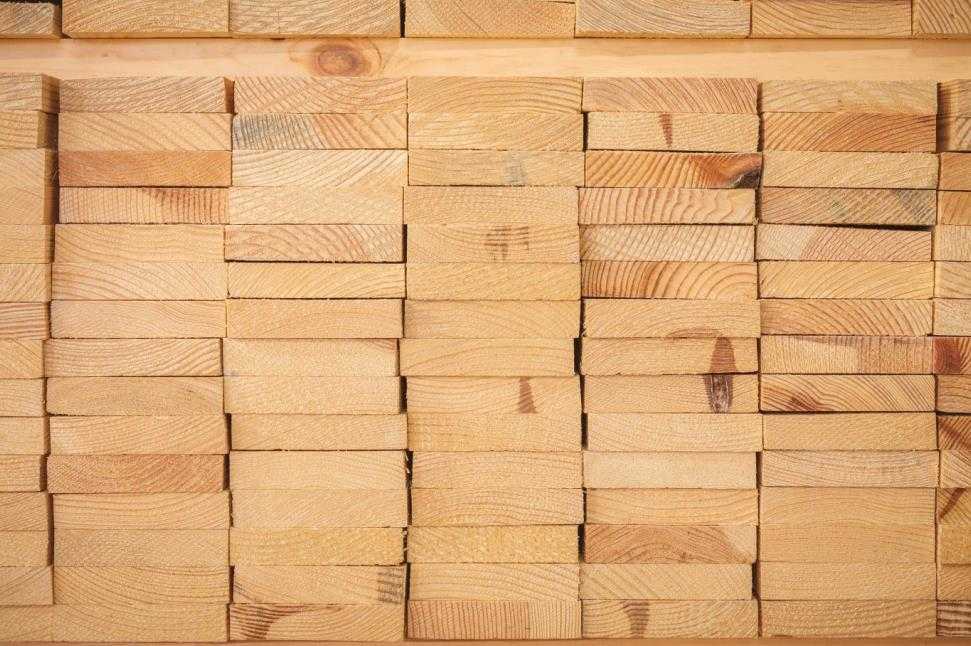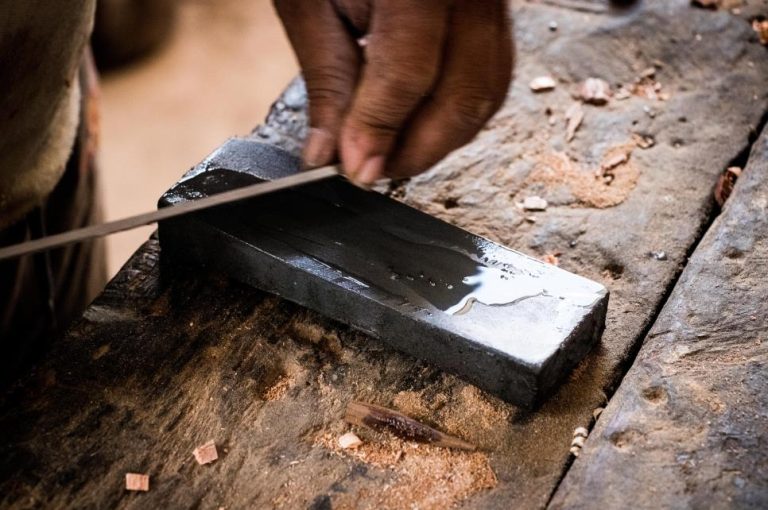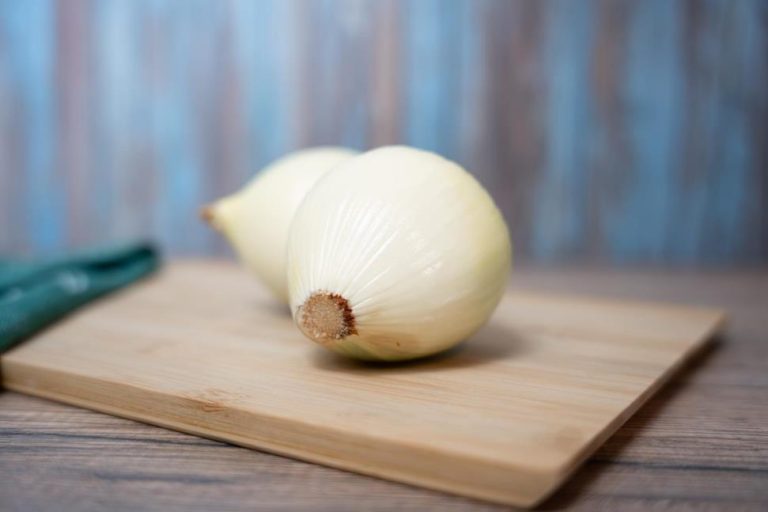Ash is one of the most commonly used woods. It’s popular for various woodworking projects with its easy workability that takes gluing and polishing well.
The wide availability, especially in the Eastern United States, sets ash wood at a major position across many industries. Cutting board is no exception, considering the number of ash cutting boards in the market.
Ash wood carries traits that make them an ideal material for cutting board, but there are some drawbacks to its inherent characteristics as well. In this article, we’ll go over them in detail to determine if ash makes a solid cutting board to sell.
What is ash wood?
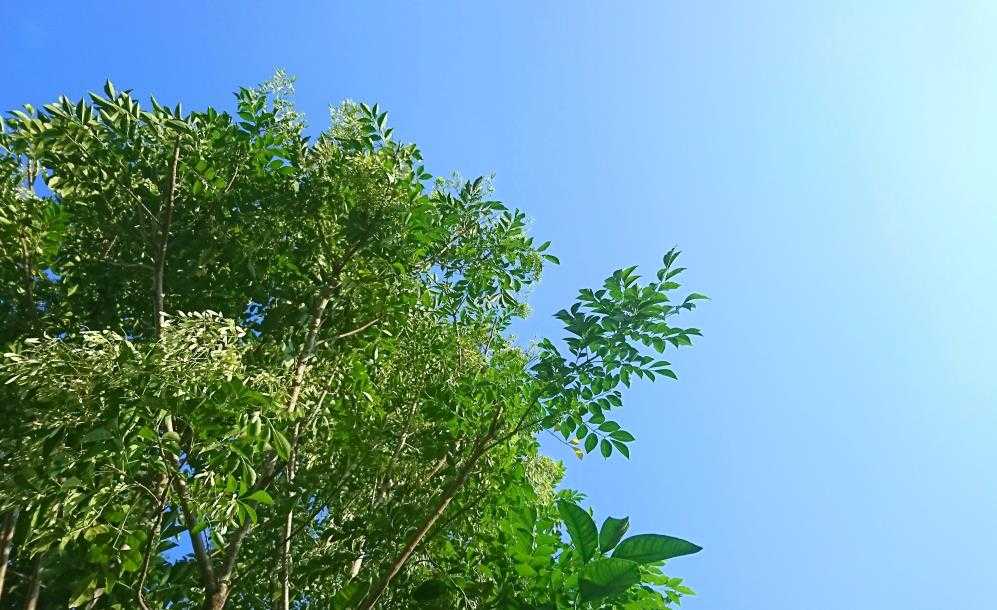
Ash (Fraxinus) is a widely available tree species in Asia, Europe, and North America. There are 45 to 65 different ash species, among them, white ash is the most well-received. It also makes up the majority of ash trees in the United States out of the approximately 8 billion total trees.
At the beginning of every dream sequence.
This high number of trees and medium to fast growth rate gives ash wood an affordable price. Affordability is one of the top reasons behind its popularity. From flooring to crates to wooden tools – and of course, cutting boards – you can find ash wood everywhere.
Characteristics of ash wood
Just because there are plenty of ash trees doesn’t make it ideal for cutting boards. Here are the main characteristics of ash wood to help you understand if it’s a good wood choice for cutting boards.
Appearance
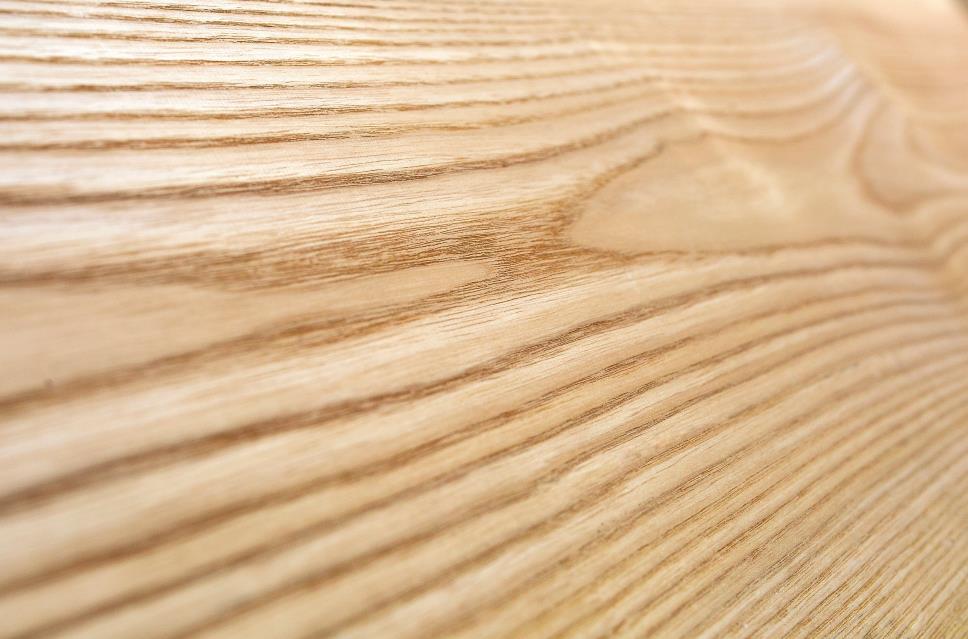
Ashwood has a light color ranging from beige to medium brown. It has straight grains with a light brown hue. The grain structure of ash is very similar to that of oak which is why many confuse the two. The easiest way to distinguish them is by inspecting the color. Ash has a much brighter hue than oak that makes a shining cutting board,
Texture
The straight grains of ash wood is smooth, but the pores give it a medium to coarse texture. The relatively rough surface doesn’t get in the way of woodworkers, though. Ashwood is easy to prepare for finishing with little effort. A big part of the reason for the easy workability of ash is its open pores, which we’ll touch more on.
Hardness
Following the industry standard hardness test for wood, ash scores 1,320 lbf or 5,870 N. This hardness surpasses teak, walnut, and cherry but still falls under hickory, maple, and most acacia species. The hardness of ash wood is at an ideal range for making cutting boards. It’s also one of the reasons why ash has a prominent place in the industry despite the large, open pores.
Price
Ash is an affordable wood. A board foot costs as little as $6 to $7. Compared to other popular woods for making cutting boards, it’s a lot cheaper. In comparison, maple lumber of the same size generally costs between $9 and $15. On the high end, Burmese teak will run you about $40. These prices alone explain the high number of ash wood cutting boards in the market.
Buy Wholesale Cutting Boards and Start Scaling up with Us Today
Contact us and connect with a sales rep to get a free quote.
What traits to expect from an ash cutting board?
A carpenter can figure out what kind of cutting board ash makes by the above right away. Assuming you’re not, here are what qualities an ash cutting board holds.
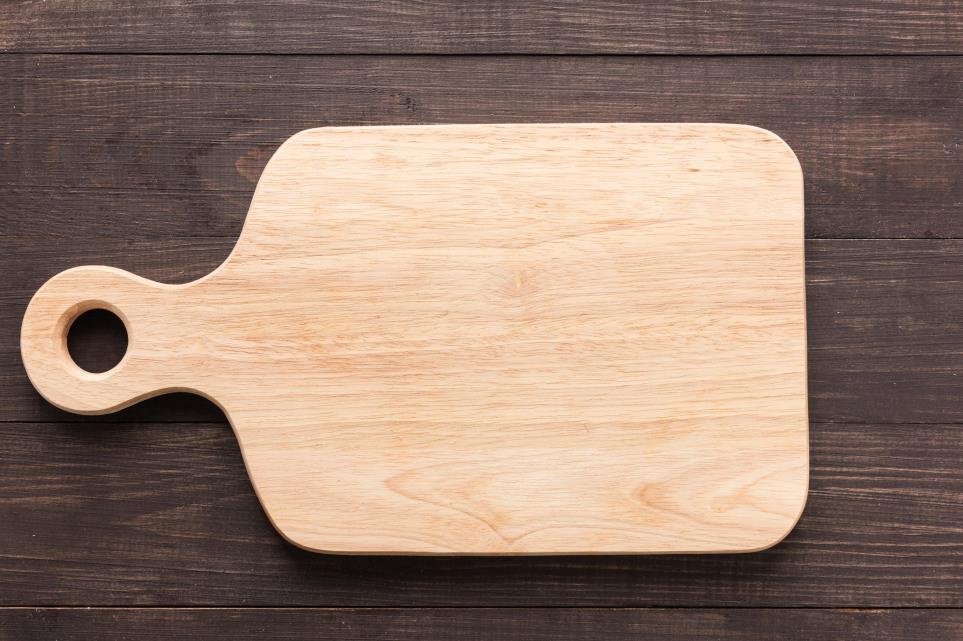
Water resistance
The ability to repel water and keep moisture away is a sought feature in cutting boards. If it can’t resist moisture, the juices from foods and cycles of washing and drying can ruin the cutting board’s surface.
The ring-porous surface of ash wood doesn’t help with these. As you would expect, it can’t resist moisture all that well. This describes its low rot resistance. The moisture can penetrate ash much more leisurely than diffuse-porous or ring-porous wood with tighter grains.
However, with proper finishing and regular maintenance, your customers don’t need to worry about warps or cracks caused by internal moisture. Manufacturers apply a generous amount of polishing on ash cutting boards before shipping. This last touch protects the wood’s natural surface and enables it to resist moisture.
If you decide to sell ash cutting boards, give a heads up to your customers on upkeep – more on this topic below.
Overall durability
Aside from water resistance, ash makes a sturdy cutting board. It’s hardwood, and like many other hardwoods for cutting boards, it holds well in the kitchen. You can tell its strength by looking at the pounds of force rating on the Janka hardness scale.
However, these only apply to ash cutting boards that get close care. An ash cutting board needs to be oiled more frequently and utilized properly. Cracks, warps, and discoloration aren’t surprising if an ash cutting board doesn’t receive the respect it deserves.
The insufficient water resistance and the open pores don’t just decrease its durability. It can also turn into a health hazard to customers. If the surface gets severely damaged and the cutting board doesn’t get any care, bacterial growth will be inevitable. This can be especially dangerous for ash cutting boards that contact high-risk foods, such as raw poultry.
While these hold many stores back from selling ash cutting boards, know that the durability of an ash cutting board is as good as the care it gets. It can last for years or barely over a month, depending on the maintenance.
We recommend including a couple of notes on how to take care of them with customer purchases. This can help keep upset returning buyers away and make them come back with smiles instead.
Knife sharpness
The cutting board’s surface and the knife’s cutting edge go against each other repeatedly. As an expected outcome, the cutting board gets scratched, and the knife slowly dulls.
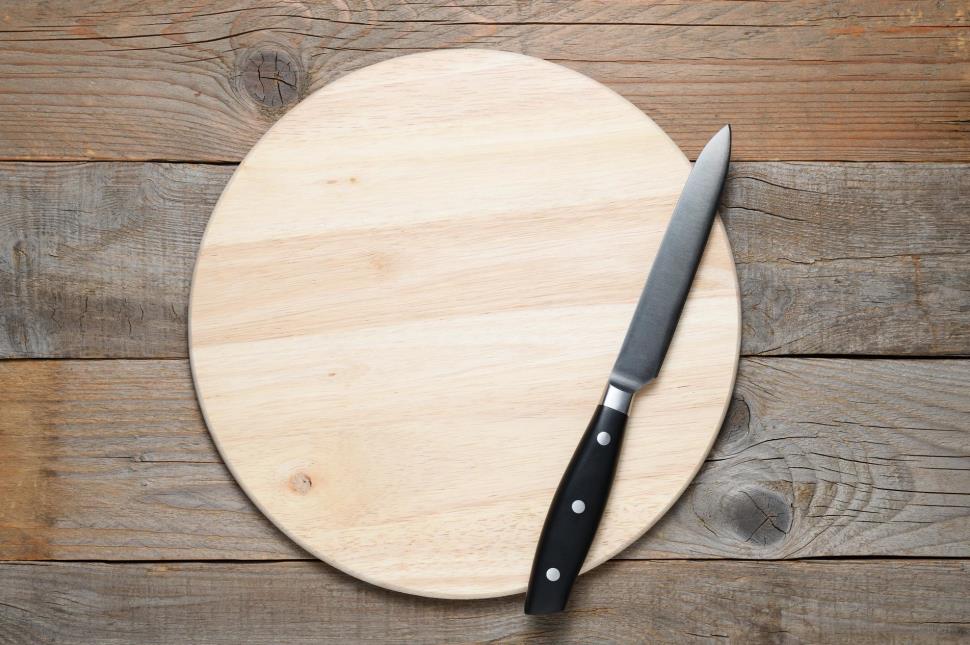
Some cutting boards dull knives fast but don’t show as many scratches; some help them stay sharp but display plenty of marks. Ash cutting boards match the first description more.
Still, it isn’t as bad as hickory, ebony, or ironwood. Cooks using ash cutting boards will feel the sharpness of their blades fading, but not too terribly.
Maintenance
We’ve already stressed how critical maintenance is for ash cutting boards. As you know already, it makes a high-maintenance cutting board. Your customers will need to do more with an ash cutting board compared to many other alternatives to keep them in good shape.
It can be a red flag to certain customers, particularly home cooks. Not everyone favors looking after their kitchen equipment, which tends to be the case with home cooks. However, the upkeep can be somewhat flipped on its head, thanks to ash’s cheap price. Replacing an ash cutting board with a brand new one won’t stretch anyone’s budget anytime soon.
There is also the cleaning aspect. Because ash wood is light in color and has large pores, it puts stains on display. Failing to keep it clean can lead to stubborn stains. Although these stains can get problematic, salt, vinegar, or lemon juice is there to get rid of them quickly.
It’s a must to remind customers how demanding it is to have an ash cutting board and what might happen if neglected.
Pros of ash wood
- It produces a very affordable cutting board that replacing won’t be bothersome.
- The straight grains with its light hue hues make ash an aesthetically pleasing cutting board.
Cons of ash cutting boards
- The large open pores of ash make it susceptible to water damage that can lead to warps and cracks.
- Ash cutting boards need more upkeep than others.
- Although it makes a beautiful cutting board, it tends to retain stains that get very difficult to remove.
- It isn’t the gentlest on the cutting edge.
Other woods to consider for cutting boards
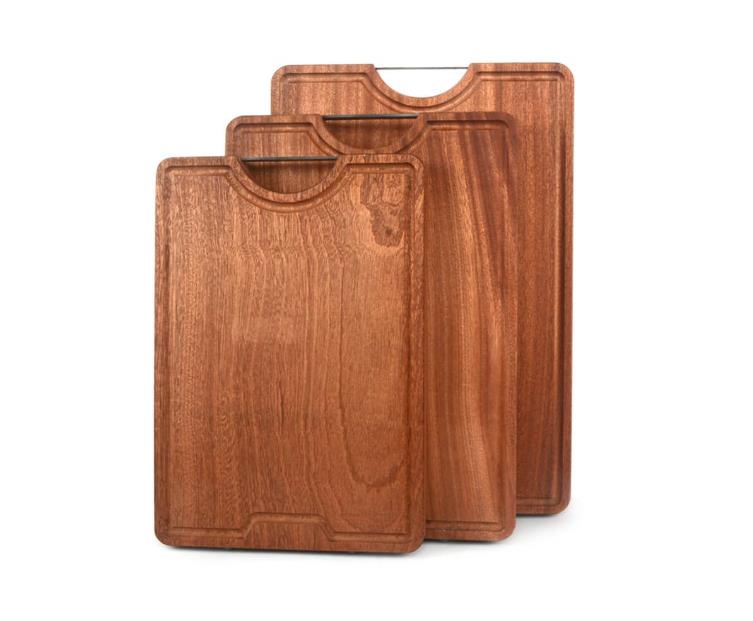
With everything considered, are there better alternatives to ash? The answer is plenty. Many other wood choices make better cutting boards that also have similar price ranges.
As we’ve listed in our best woods for cutting boards article, beech, maple, and acacia cutting boards aren’t so far off from the same price point with superior qualities. These alternatives arguably make better cutting boards that also won’t stretch the budget of your customers.
Buy Wholesale Cutting Boards and Start Scaling up with Us Today
Contact us and connect with a sales rep to get a free quote.
So, is ash wood good for cutting boards?
Ash is a strong consideration for cutting boards, though it has more disadvantages than advantages. The hardness is its greatest strength. This helps the cutting boards made from it last for many years but only with close maintenance. These care needs are quite demanding, which can be burdensome, though no cook will need to religiously oil the surface.
As mentioned, an ash cutting board is as good as the user takes care of it. If you decide to sell cutting boards made from this wood, it’s a must to let customers know about its demanding nature. It can make a good cutting board only with adequate care. Without it, an ash cutting board can deteriorate in a few months.
We manufacture and sell cutting boards with ranging materials, dimensions, and qualities at affordable prices. Check our cutting boards catalog from here.
It isn’t only wholesale purchases we deal with. LeeKnives can customize your orders with logo engravings and other customizations. Click here to request a quote today.
